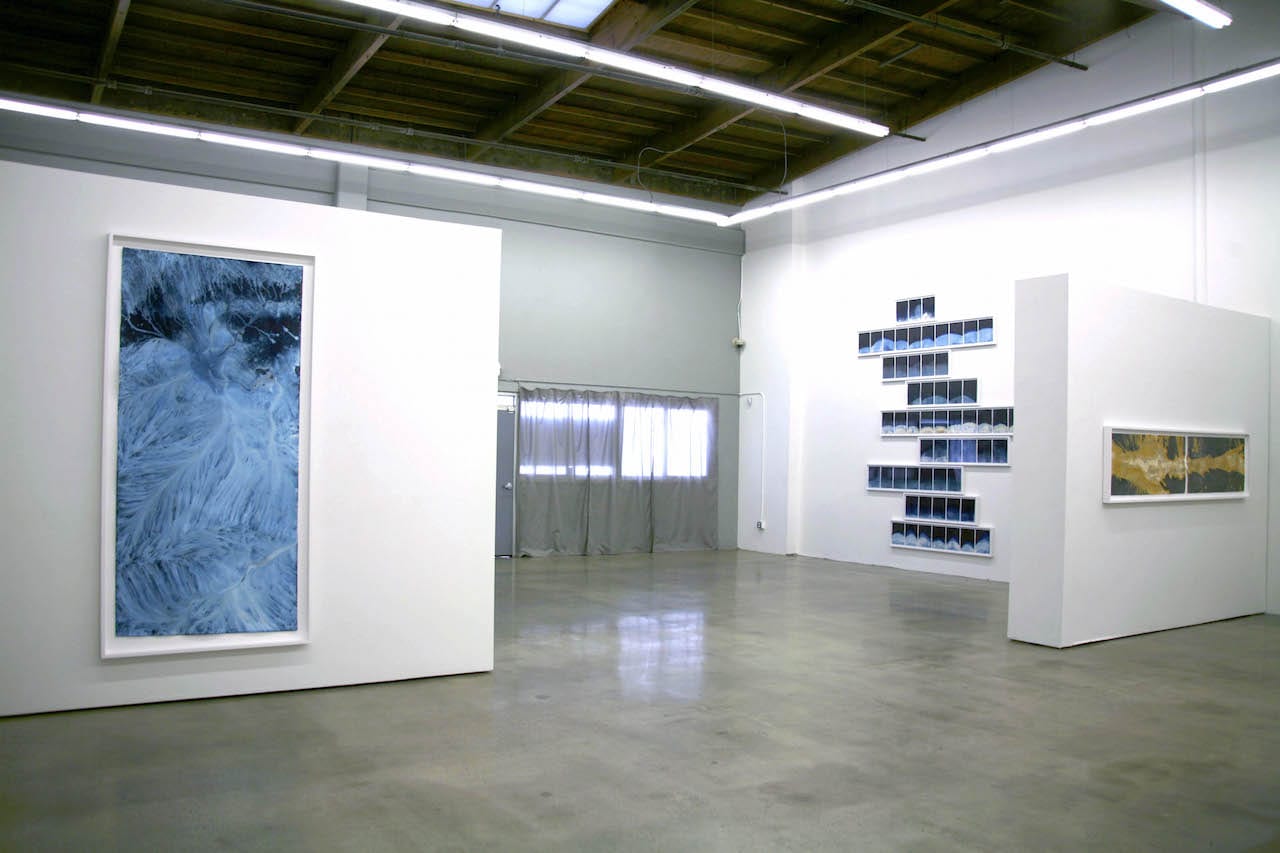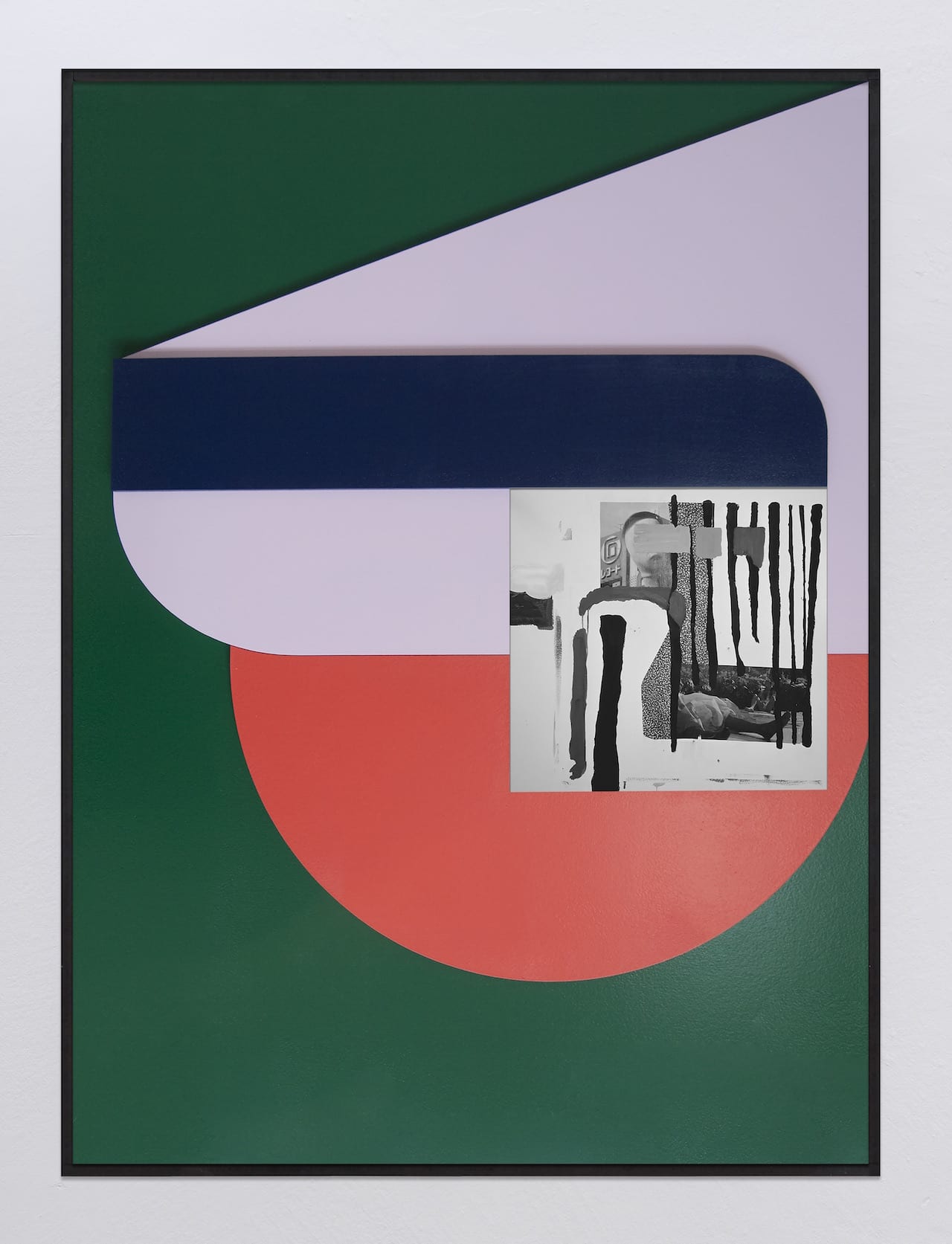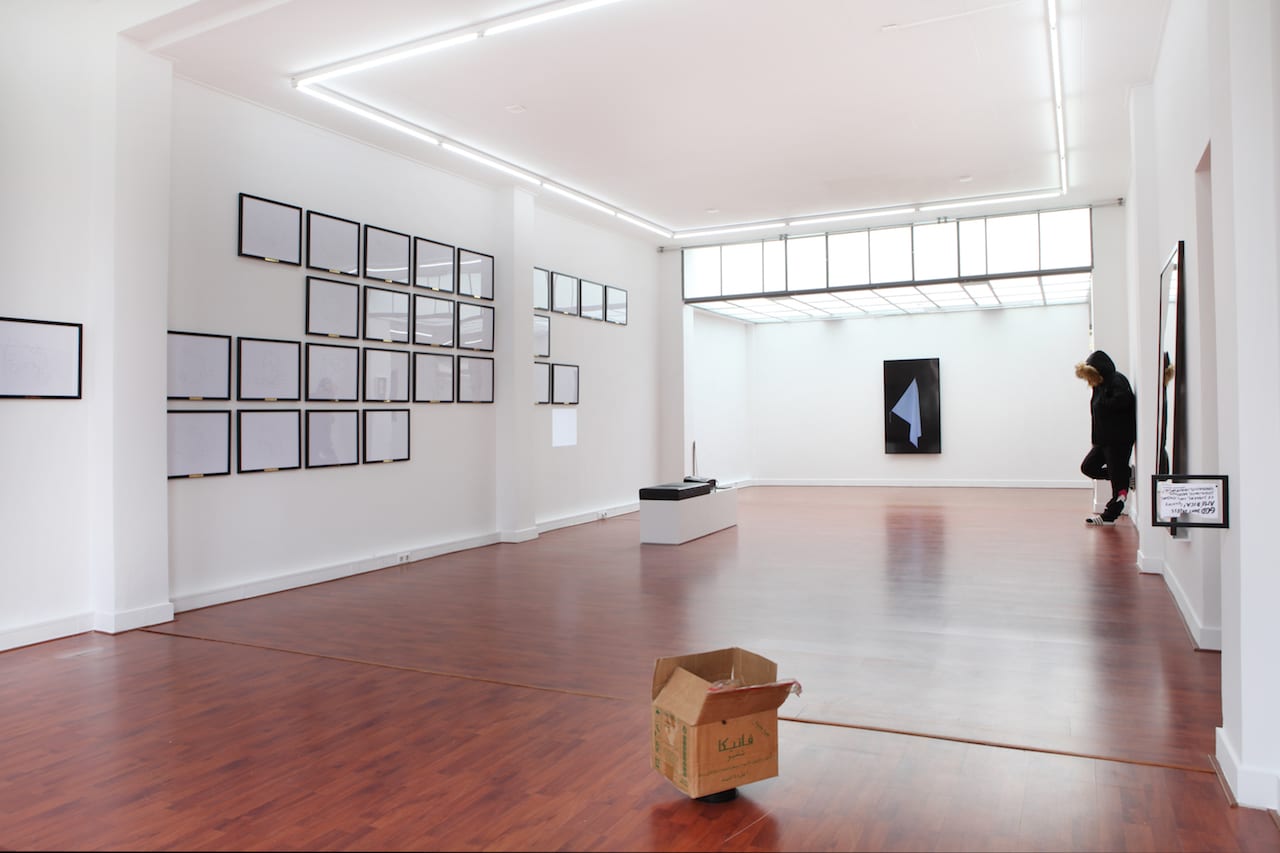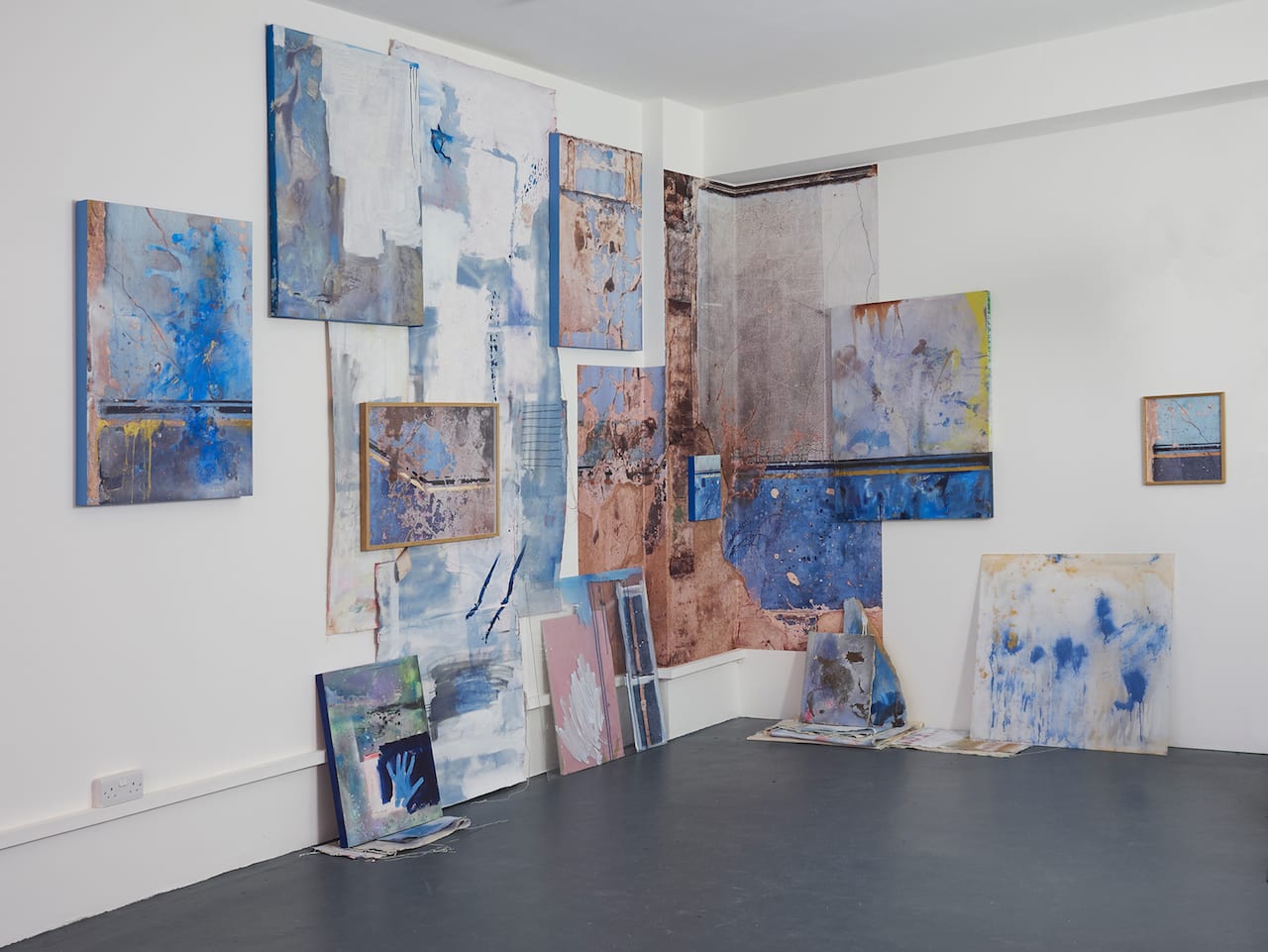If the inaugural Photo London seemed a little light on contemporary work, there is plenty in the fourth edition to show that the organisers were determined to do something about it. It is evident in the public programme, and it is there to see on the shop-floor too, with the Discovery section devoted to emerging galleries now given over to 25 dealers.
Tristan Lund, formerly of Michael Hoppen Contemporary, now an art consultant and dealer in his own right, returns as curator, charged with injecting some cutting-edge elements into the fair, but remaining mindful of his responsibilities to the young galleries he is enticing in.
“Having worked in a commercial gallery, I understand the risks and pressures that come with exhibiting at an art fair,” says Lund, acknowledging the time and expense it entails. “It’s risky for any gallery to exhibit at an art fair, no matter how established they are. But the risks for galleries in the Discovery section tend to be even greater. I really feel a sense of responsibility towards them.”
What, then, does he look for from a gallery exhibiting in the Discovery section? What does it take for a gallery to engage an audience and sell the work of an artist who doesn’t come with an established name or profile? “Without wanting to sound too earnest,” says Lund, “I’m looking for galleries to exhibit vision and integrity.”
For him, that translates to the gallery’s relationship with the artists they are exhibiting. “They have to really think carefully about which artists to bring. But I want to see the connection between the artist and the gallery, a subtle thread that shows the character of the directors and the founders of the gallery through the work they’re exhibiting.”
With that in mind, we asked Lund to spotlight four galleries at this year’s Discovery that deserve special attention.

Euqinom Projects euqinomprojects.com
Founded in 2015 in the emergent Dogpatch district of San Francisco, Euqinom Projects is the creation of Monique Deschaines, the programming chair of the city’s iconic Camerawork gallery and a lecturer in visual studies at University of California, Berkeley. “It exhibited last year and had one of the most elegant stands in the entire fair,” says Lund, who is enthused by the two Bay Area artists Euqinom is returning with for this edition of Photo London: Janet Delaney and Meghann Riepenhoff.
Best known for documenting San Francisco’s South of Market district and the effects of gentrification, Delaney is long-established (though until recently often overlooked), while Riepenhoff first came to attention over a decade ago, and was recently awarded a Guggenheim Fellowship for her camera-less photographs – or, as she terms them, “unique, dynamic cyanotypes” – created by exposing photographic paper to tidal patterns and waves, sand and marine life.
“Euqinom Projects exemplifies the vision and integrity I want to see,” says Lung. “It hung a very simple and very beautiful stand last year. I have put them in a more prominent section this time, and I expect the same.”
It will be positioned close to Sun Pictures Then and Now, one of the main attractions within Photo London’s public programme, exploring the legacy of William Henry Fox Talbot. “I hope visitors leaving that exhibition will then discover Meghann’s work,” says Lund. “It’s a complex process presented in a very simple and engaging way.”

L’etrangère letrangere.net
Founded by Polish-born Joanna Mackiewicz-Gemes in the Shoreditch area of London, the gallery’s name refers to its founder’s identity as a foreigner, “and to the Camusian notion of displacement within one’s own country,” she said upon the launch in 2014. The guiding concept of the gallery, Mackiewicz-Gemes says, comes from the Polish philosopher Zygmunt Bauman’s idea of ‘liquid modernity’, “in which the liquid modern man flows through his own life like a tourist, changing places, jobs, spouses and values”.
“Last year, L’étrangère brought a really fantastic installation to the fair, a great exhibition of eastern European and Polish artists,” says Lund. “This year they will be in the same position as last in Somerset House’s mezzanine, right in the centre.”
The gallery will showcase the work of Warsaw-based Polish artist Filip Berendt, who over the course of 10 years has studied sculpture at London’s Royal College of Art, graphics and painting at Lodz Academy of Fine Arts, and photography at Gdansk Academy of Fine Arts. As such, his practice combines photography with sculpture and paint.
“He has a way of integrating photographs into a larger idea,” Lund says. “In that sense, L’étrangère is presenting work to visitors who wouldn’t necessarily recognise it as photographic.
“I did gallery tours during the fair last year,” he continues. “It was fun to show work to people and explain why it’s actually a photograph, then watch them scratch their head. You explain why and how, and they look again. To see them engage in the artwork in a way they were not expecting is very exciting.”

LhGWR lhgwr.com
Situated in The Hague, LhGWR (which stands for Liefhertje en De Grote Witte Reus, “Love and The Great White Giant”) has an avowedly political edge, “focusing on artists who devote their work to discussing contemporary issues that arise in both local and global contexts,” say Geertje Muffels and Robert Jan Verhagen, who founded the gallery in 2007.
They will bring Thomas Kuijpers’ work to Photo London, an artist whose practice is orientated around collecting, rather than creating photography. He combs the media landscape, saving each clipping that piques his interest in a filing cabinet in his studio, and as such, his work is about editing a visually saturated and consumption-based world, rather than adding to it.
Lund highlights the series Cargo (Weapon), which will be exhibited in London, for which the artist researched the darker fringes of the web, studying rightwing, Islamophobic forums, examining his own angst about terrorism, and how these fears are played out in the mainstream media.
“Kuijpers’ work has a sculptural, layered quality, mixing found photographs with ephemera, CDs, newspapers and videotapes,” says Lund. “Taken together, they kindle a collective fear of terrorism, a collection of unique objects that explore our fears about living in the West since 9/11, and how we’ve become trained to navigate cities with such caution. I found the work a very surprising and extremely honest personal journey of what it is to live in this world.”

Sid Motion Gallery sidmotiongallery.co.uk
In summer 2016, in a space that once hosted a bookies, Sid Motion opened her eponymous gallery. At Photo London this year, Motion’s gallery will present a solo booth of new work by British artist Jo Dennis, who terms her practice as “found abstract paintings”.
Beginning with photographs of dilapidated walls, she uses sculpture and paintwork as a way of exploring degradation and renewal in London life. Dennis exhibited a version of this series at last year’s Peckham 24, the initiative she co-founded, which runs in tandem with Photo London – albeit four miles south in the bustling art spaces of the Bussey Building.
“It was a bit of a punt to try and bring the flavour of Peckham 24 into the Photo London fold,” Lund says. “But I found the work of Jo Dennis and [curator] Tom Lovelace to be very exciting. To see museum groups taking patrons down to Peckham, and collectors making the effort to get there, was extremely heartening.”
Lund is keenly anticipating seeing Dennis’ work in the more formal setting of Somerset House. “I think Sid Motion and Jo Dennis will create an interesting and eye-catching stand,” he says. “I’m looking forward to seeing visitors figure out what the work is because at first glance it doesn’t look overtly photographic, but it is, of course, exactly that.”
Photo London runs from 17 to 20 May at Somerset House, London. photolondon.org This article was first published in the June issue of BJP, a special issue presenting our 2018 Ones to Watch www.thebjpshop.com

